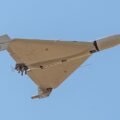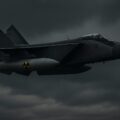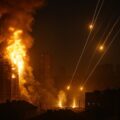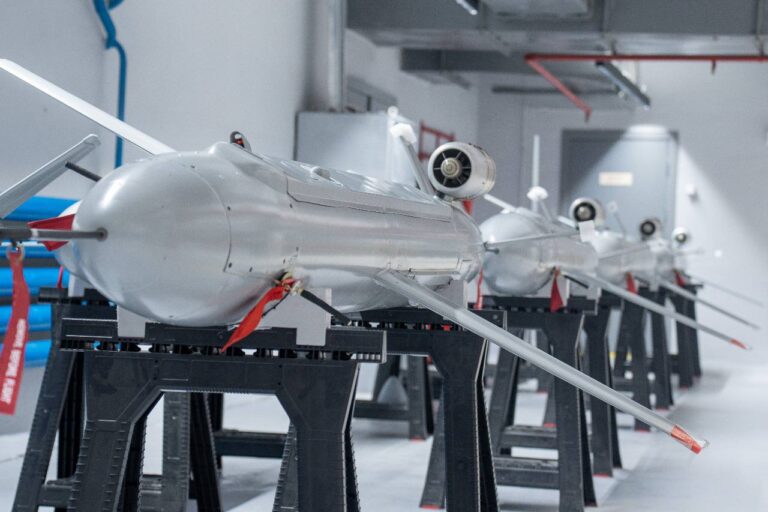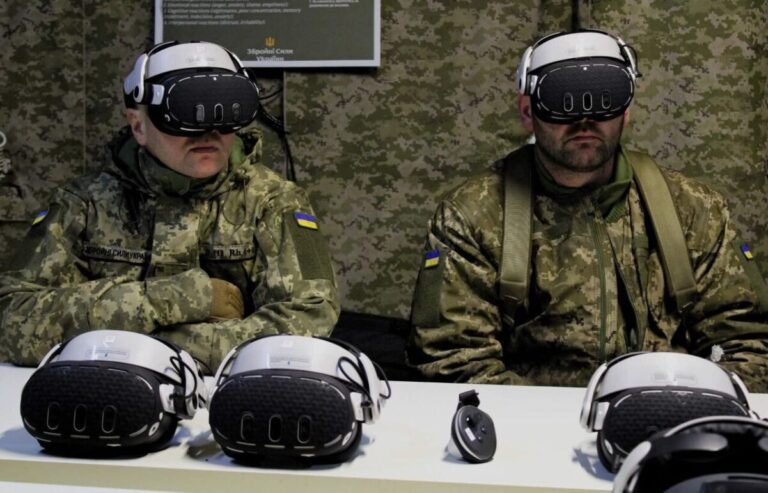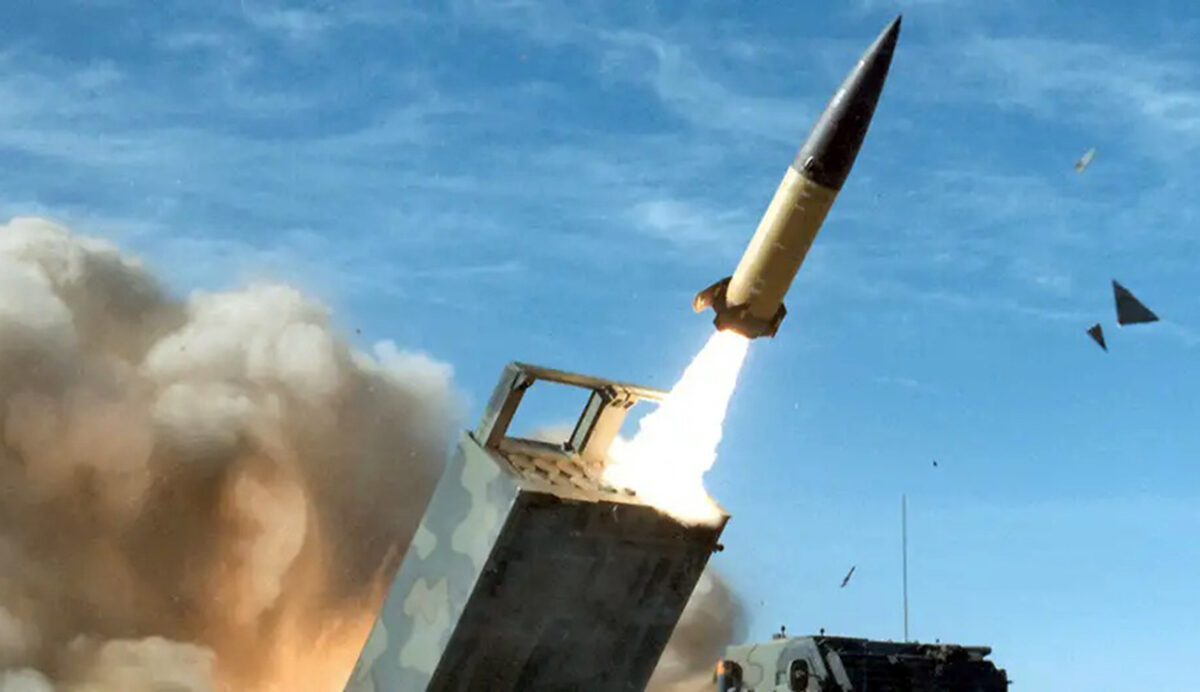
Western Allies Lift Restrictions: Ukraine Cleared to Strike Inside Russia with Taurus and Patriot Systems
As Ukraine endures its third consecutive night of missile and drone attacks, and Russia faces strikes deep in its own territory for the fifth night in a row, a historic shift unfolds: Germany, the UK, France, and the U.S. have officially lifted restrictions on the use of Western-supplied weapons. Ukraine is now allowed to strike inside Russia — and it already has. From deep drone raids on Shahed factories to looming deliveries of Taurus missiles, the geography of war has changed. And so has the West’s position.
What’s Changed: Political Boundaries Removed
On May 26, German Chancellor Friedrich Merz confirmed what had only been hinted at before:
“We no longer limit Ukraine on where it can defend itself. Striking military targets on the aggressor’s territory is legitimate self-defense.”
In a coordinated move, Germany, the UK, France, and the U.S. officially lifted range-based limitations on how Ukraine can use Western weaponry. For the first time since the full-scale invasion began, Ukraine is now allowed to strike Russian territory using NATO-supplied arms.
This shift is not just strategic. It’s moral and diplomatic — signaling that defending Ukraine means neutralizing Russian firepower at the source, not just absorbing it on the front line.
What’s Being Delivered: Taurus, Patriot, IRIS-T
Alongside the new policy, key deliveries were either confirmed or advanced:
- Germany announced the transfer of PAC-2 missiles for its Patriot systems, along with four IRIS-T air defense units — according to Defense Minister Boris Pistorius;
- Up to 150 Taurus cruise missiles may soon be included, with German military and political sources confirming final-stage negotiations;
- The U.S. is preparing a new aid package, potentially including long-range GLSDB munitions;
- The UK’s Storm Shadow is already being used by Ukraine — and can now legally strike Russian targets.
These systems mark a transformational leap in Ukraine’s ability to hit deep Russian logistics, command hubs, and supply depots.
Meanwhile, Ukraine is Already Striking Deep
In parallel with the political announcements, Ukraine’s drone forces carried out high-impact raids on Russian military-industrial infrastructure:
- Yelabuga (Tatarstan): Ukrainian drones struck a Shahed production plant — video from the scene confirmed impact near key facilities;
- Kineshma (Ivanovo Oblast): A chemical plant linked to ammunition production was targeted;
- Tula: Earlier drone strikes hit sites tied to Russian weapons manufacturing.
These are not symbolic. They are strategic strikes, targeting deep supply chains hundreds of kilometers behind Russian lines — and they work.
Revelant
Why It Matters: Four Strategic Shifts
- No more off-limits zones — the West has acknowledged that territorial sanctuaries give Russia unfair advantage.
- Russian logistical depth is now vulnerable — from missile factories to fuel depots.
- Putin’s illusion of security is eroding — especially after reports his helicopter was near a strike zone in Kursk.
- Russia’s military industry is now a legitimate target — Ukraine is clear: “If they build missiles, we have every right to stop them.”
What Comes Next: Risks and Opportunities
- Russia may escalate — including rhetorical threats involving nuclear deterrence to pressure Western hesitation;
- Ukraine gains a unique opportunity — to delay or destroy Russian frontline logistics during critical months;
- Strikes on symbolic or sensitive Russian sites (like power plants or command centers) may push global narratives further;
- Information warfare will intensify — Russia already frames Ukrainian strikes as “terrorism”, while Ukraine insists this is restoring balance.
The War’s Geography Has Changed — and So Has Its Moral Logic
This is no longer just a war along the trench lines.
Russia is no longer just the attacker — it is now also a legitimate battlefield.
And the West is no longer hesitant — it is now authorizing the tools for victory.
Ukraine is not just defending.
It is disrupting — dismantling the ability of Russia to continue waging war.
And for the first time, it’s doing so not alone, but with full permission and backing.
The sky has changed.
Range is no longer Russia’s advantage.
And this moment — is when the world stopped watching and started acting.






